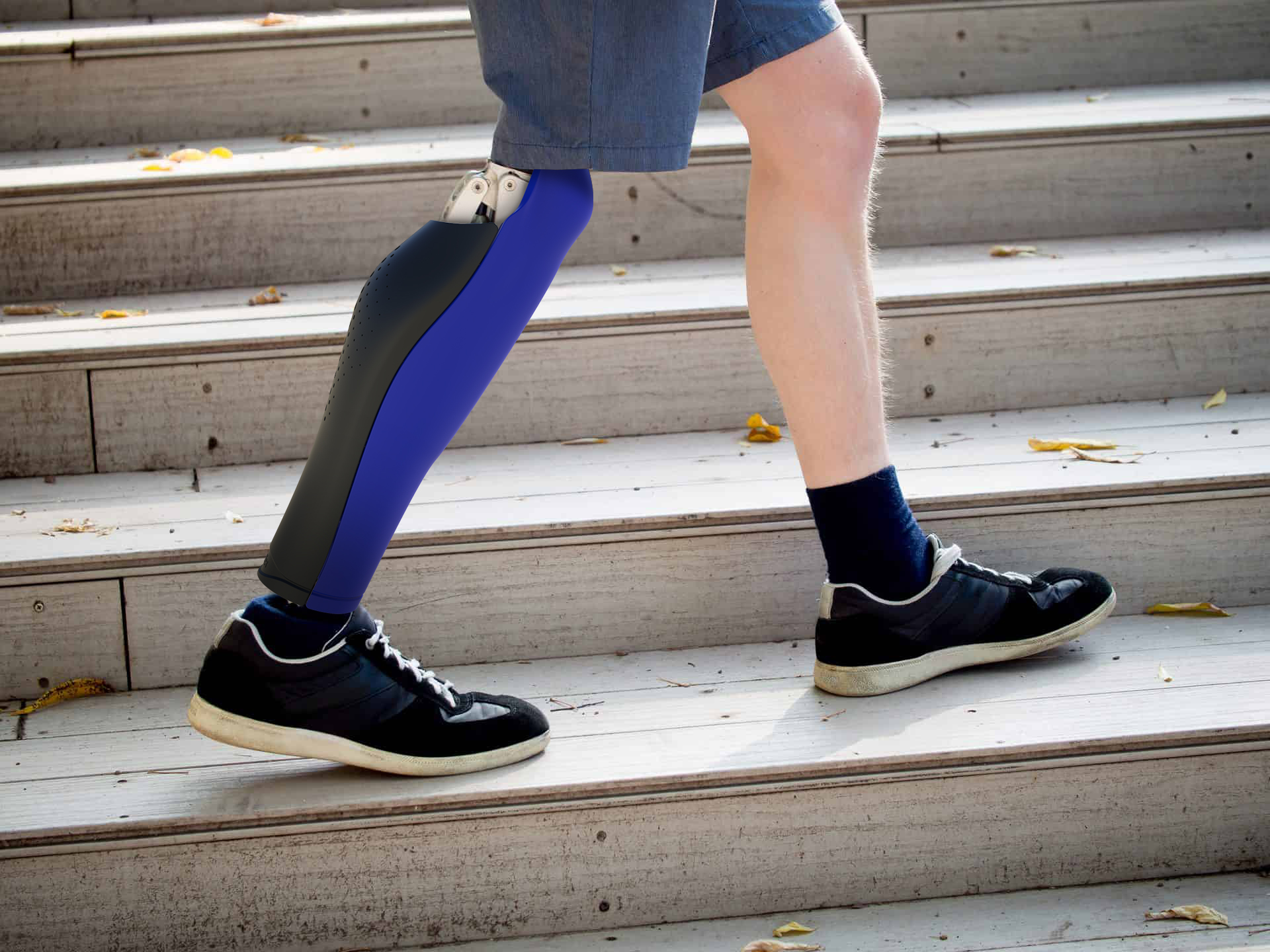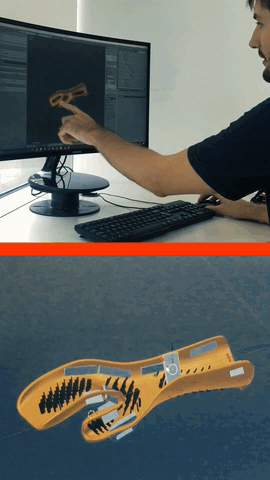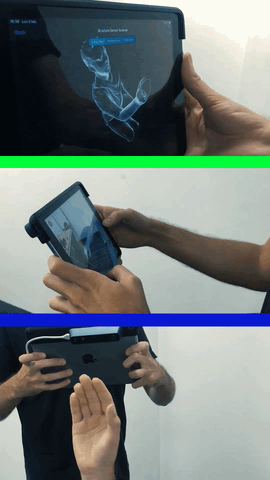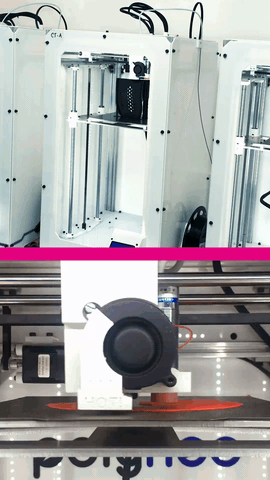#CASESTUDY
Digital manufacturing applied to orthotic and prosthetic industry.
Refix offers an innovative yet simple way for orthopaedics to design and produce orthoses and cosmeses applying new technologies. 3D scanning, data science and 3D printing are put into service of the technicians, who can now create tailored modern-looking products in less time at a fraction of the cost. Each model of orthosis available for production follows our human-centred design approach, resulting in comfort and style for the final user.
Client
Challenge
To shift the paradigm introducing new technologies in a non-technical niche, and to include human centred design in every new model of orthoses, preserving tailoring and versatility in the manufacturing process.
Impact
Technicians can focus on the truly important: patient attention and product fitting. Orthopaedics can increase their productivity up to 400% with almost zero upfront investment. Patients across the globe can access cheaper and better orthoses with less wait time, avoiding delays and not depending anymore on the proximity to specialised orthosis artisans.
Awards
Premio Everis Argentina 2020.
Our Capabilities in this project:
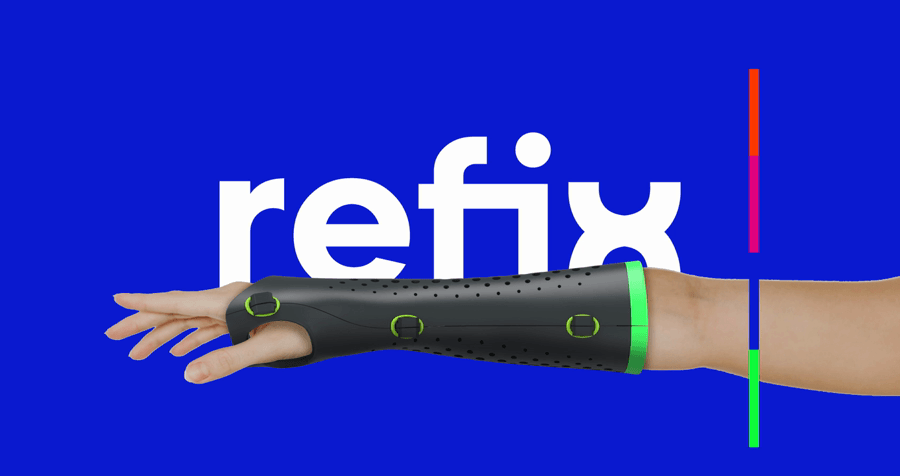
Problem.
Every orthosis has to adapt not only to the morphology of each patient, but also to the requirements of the ongoing medical treatment. Over the last decades, new manufacturing techniques have allowed to develop modern processes to optimise production of some articles such as prostheses.
Because of the extreme need for versatility and the wide range of models, orthoses are still handcrafted for each patient by specialised technicians, using techniques such as mold making, sculpting, sanding or polishing.
This has several unwanted effects. The most noticeable is the amount of time required for the production of each orthosis, that can ascend up to five weeks. This delay commonly interferes with the medical treatment, deriving in sub-optimal rehabilitation results.
Because of the amount of specialised work required, final costs are usually prohibitive, excluding the most economically vulnerable from acquiring the medical devices they need.
And last but not least, it is not uncommon for patients that live in small cities or in the countryside to have to travel to big urban centres in order to find the specialised technician they need. Not every orthopaedic provides every model of orthoses, precisely due to the complexity behind each handcrafted process.
Solution.
The simplicity of the process then, lies in how our software works. It is based, as we said, on orthoses templates. So, for each model of orthosis we have an intelligent digital template that can be adapted to different sizes and positions. Those templates are developed side by side with orthopaedic specialists, and then any technician can use it entering their patient data and the medical requirements.
This way, we flatten the learning curve for the clients of Refix, and at the same time we assure every orthopaedic centre that the orthoses developed with Refix will be just as they need to be.
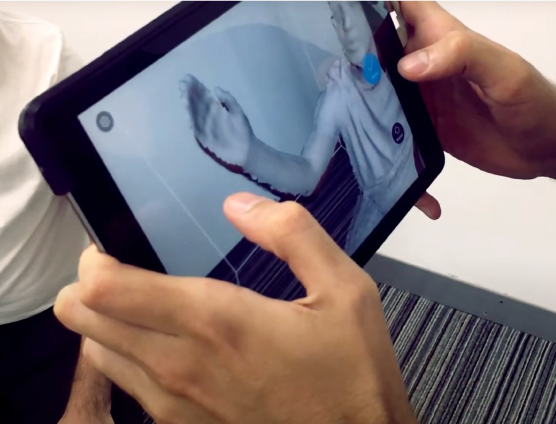
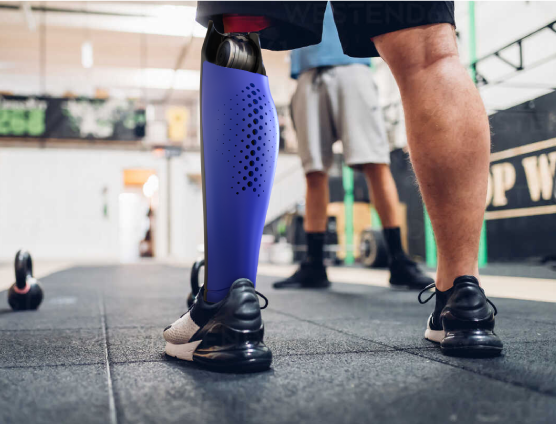
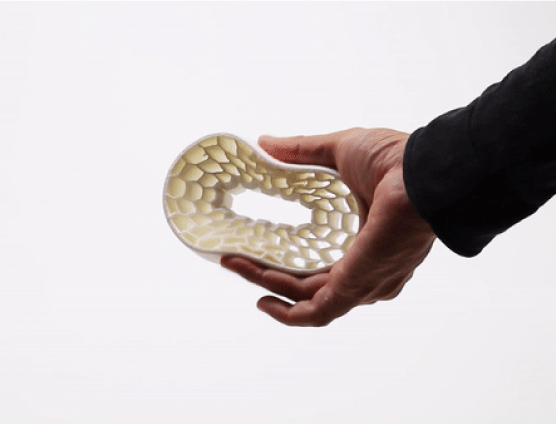
An approach to Human-centred design.
With the advent of digital manufacturing, new technologies enable the production of very small batches of the same piece at reasonable costs. It is even possible to combine different technologies to achieve a process that automatises production for batches as small as 1 piece. And that’s what we did with Refix.
The process starts when the patient, with the medical order in hand, arrives at the orthopaedic. There, instead of taking a mold, the technician 3D scans the patient’s limb. That 3D scan file is uploaded alongside with the doctor’s requirements in our online form. With that information, our software generates the desired model of the orthosis according to the patient morphology and to the medical treatment needed. Then, that 3D design gets 3D printed in the nearest printing farm, and delivered to the orthopaedic.
All this process takes no more than 72 hours, with only a couple of minutes of human work. All the production is handled by the machines, lowering costs and assuring predictable results.
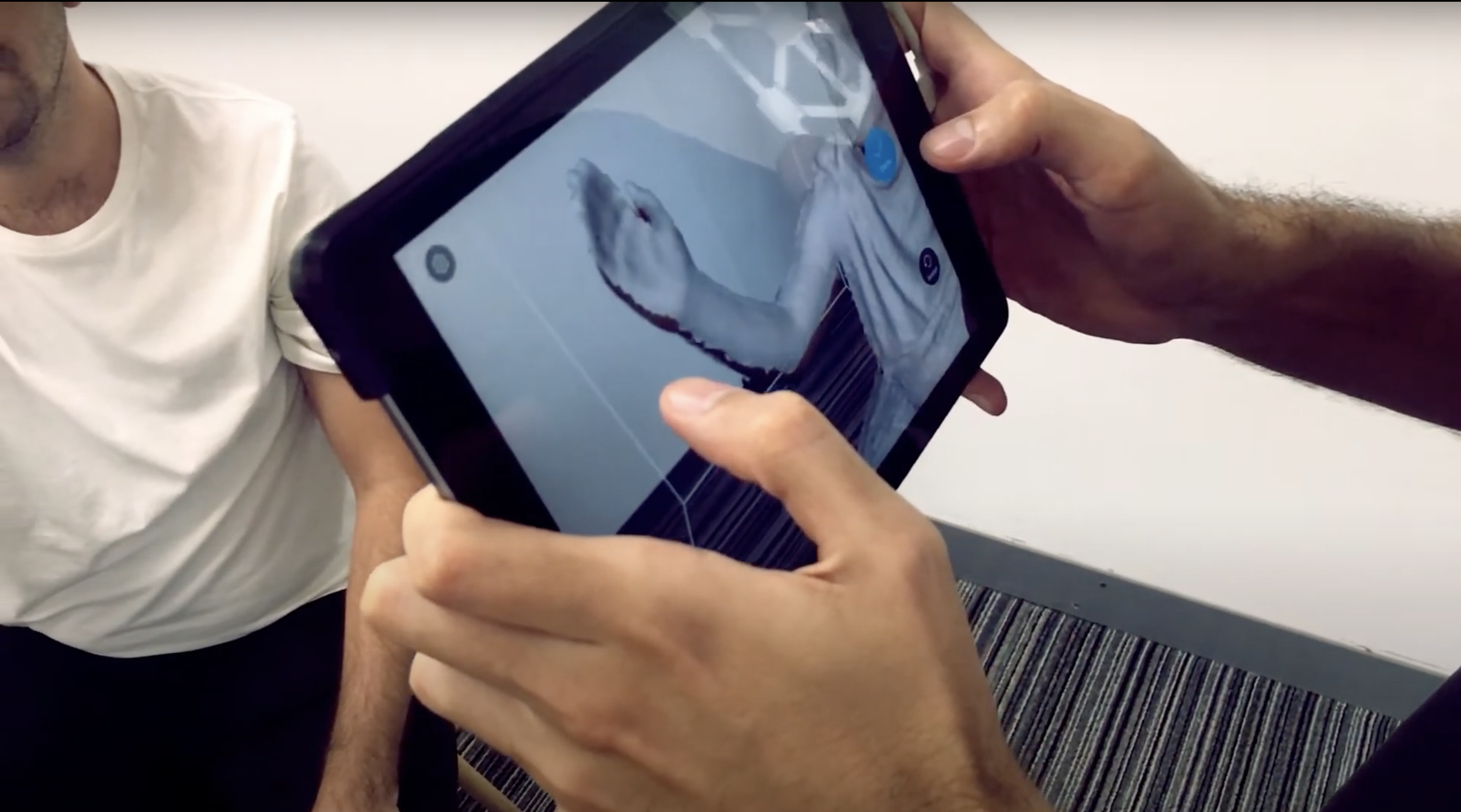
The need for simple techy solutions in Latin America.
At the beginning, we found out the two main problems similar solutions are having when trying to reach the Latin American market: production costs and degree of digital knowledge.
The first item is easily solved using FDM 3D printers, a cheaper alternative to SLS or SLA printers that are commonly used in digital manufacturing solutions for orthopaedics in Europe or North America. Thanks to the arrival of new and revolutionary materials in the FDM world, and partnering with a startup that fabricates us personalised 3D printers that meet exactly our requirements, we can offer a high quality production using cheaper methods.
The second item was more challenging. We had to come up with a system capable of generating personalised designs, but at the same time we had to create a solution that could be used by the vast majority of orthopaedic technicians in the region, that are not accustomed to CAD software exactly due to their history of handcrafted work.
After several brainstorming sessions, prototyping iterations, and nights with sleep deprivation, we realised that the best way to implement such a system was to take away the responsibility of learning 3D design from the technicians, and to develop intelligent templates that adjust to each patient and each medical treatment. It was a shift of paradigm, that retrospectively sounds obvious, just as every great idea.
With these representations Refix obtains the necessary data to adapt each orthosis according to the morphology of each patient.
The system developed generates designs of different orthosis models from 3D scans and medical indications.
Printers are specifically designed for the production of these products.
The simplicity of the process then, lies in how our software works. It is based, as we said, on orthoses templates. So, for each model of orthosis we have an intelligent digital template that can be adapted to different sizes and positions. Those templates are developed side by side with orthopaedic specialists, and then any technician can use it entering their patient data and the medical requirements.
This way, we flatten the learning curve for the clients of Refix, and at the same time we assure every orthopaedic centre that the orthoses developed with Refix will be just as they need to be.
Design as an inclusion tool.
Including users in the design process is essential to create new products, since they are our guide to reach real and innovative solutions. Empathizing and listening to the problems they face every day is the first step to start any development.
When we started to create these devices, users pointed out a great problem: products for people with disabilities usually have a low design component, and that makes them feel uncomfortable. Discovering this need made us understand the importance of design as a tool for inclusion. We continue working every day to live in a more inclusive world.
